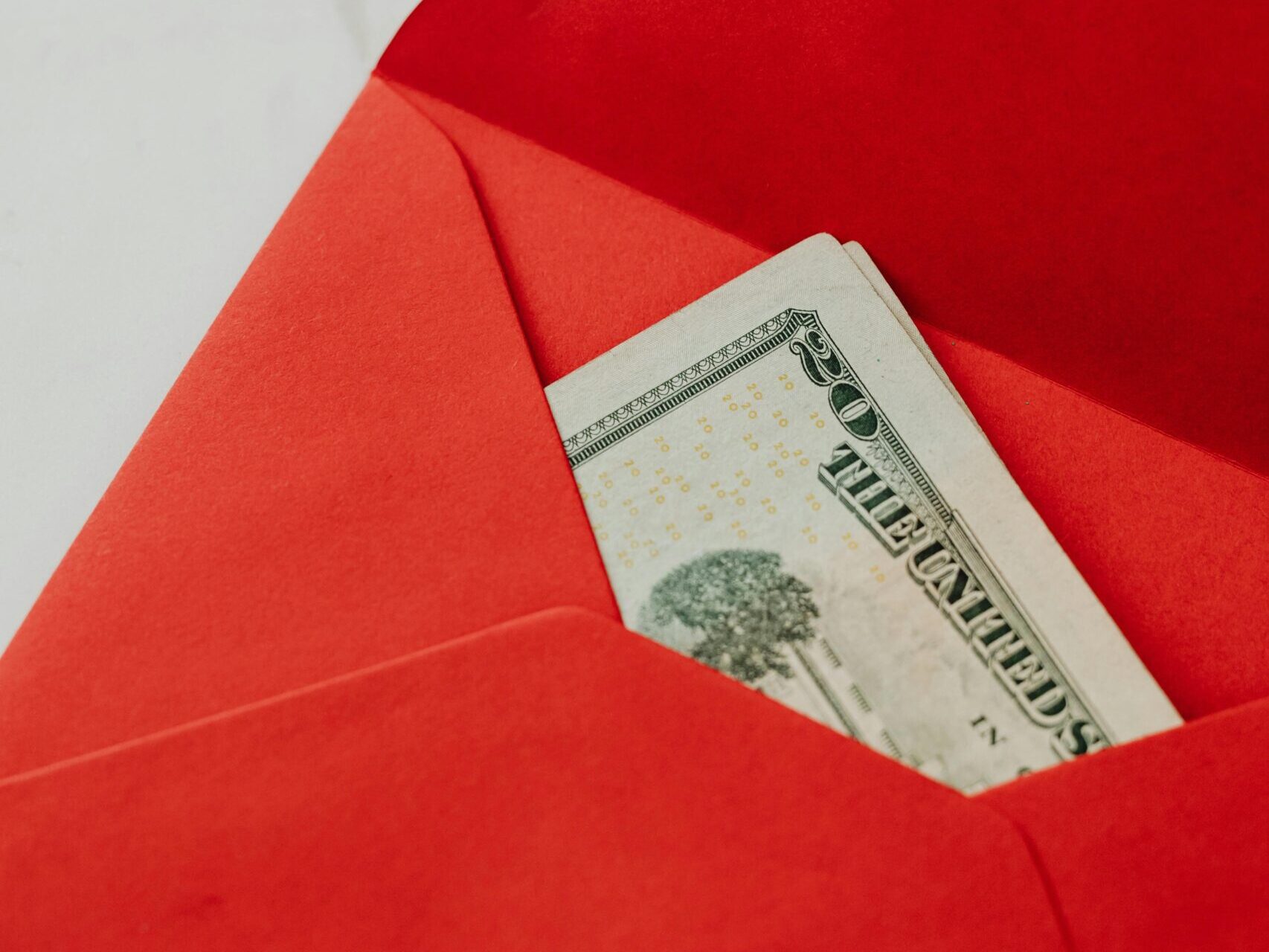During these challenging financial times, we are all looking for ways to save money and pay down debt. But after years of relying on credit cards and coupons to save money, the younger generation is discovering a tried-and-true method that worked for many prior generations — the cash-based budgeting method. This is now known popularly as “cash stuffing,” and has recently become trendy on TikTok and YouTube.
What is cash stuffing?
The cash-stuffing method entails segmenting all of your take-home pay into separate categories of spending. These categories may include housing, utilities, groceries, restaurants, entertainment etc. It helps to analyze your spending over a few months to see what your average spending is in each of your categories.
According to NerdWallet, “A good place to start is with the 50/30/20 budget. This means you put 50% of your after-tax income toward needs like rent and groceries, roughly 30% toward wants like travel and eating out, and at least 20% toward savings and debt repayment.”
Dave Ramsey, a wildly popular financial adviser whose program is followed around the world, also advocates the cash-based system of budgeting and envelope usage.
“First things first, you need to make a budget. List out your income (everything coming in for the month), and then list out all your expenses. You’re aiming for a zero-based budget— meaning income minus expenses equals zero . . . meaning you’re giving every dollar a job to do,” Ramsey noted on his website.
After you’ve decided your budget and spending goals, corresponding cash goes into the appropriate envelope. Once the cash in the envelope is gone, it’s done for the month.
“Physically dividing up your money also makes you aware of exactly how much you have available to spend on a given item, which helps curb overspending on impulse purchases,” said NerdWallet.
Does it save money?
According to the Motley Fool, multiple studies by MIT, the American Psychological Association, and Dun & Bradstreet “have found that people are willing to spend more when paying with credit cards than with cash.”
“People find it easier to spend money with a credit card than to actually part with cold, hard cash. When we pay for purchases with cash, we’re more aware of what we’re spending,” said Motley Fool.
The most rewarding part of the cash stuffing system for many individuals and families is the freeing up of cash they can then use for spending goals like paying down student loan or credit card debt, or putting toward savings for big-ticket items.
One TikTok user, 31-year-old Jasmine Taylor, made the cash stuffing method so popular she started her own business, “Baddies and Budgets,” associated with the method. She now has 628,000 followers on the popular social media site where she posts her financial tips. She managed to pay down $23,000 in student loan debt and eliminate her medical and credit card bills.
Personalize your plan
So, what do you want to do with your money? It’s helpful to set financial goals as a family and come up with a realistic budget that will help you stick with the system. For people more comfortable with digital methods, there are now online apps and websites available like Goodbudget, and the Mvelopes and YNAB apps that can help you set up a budget.
It’s always good to speak to a financial advisor before undertaking a budget overhaul. Many banks offer this service free of charge to their members.

